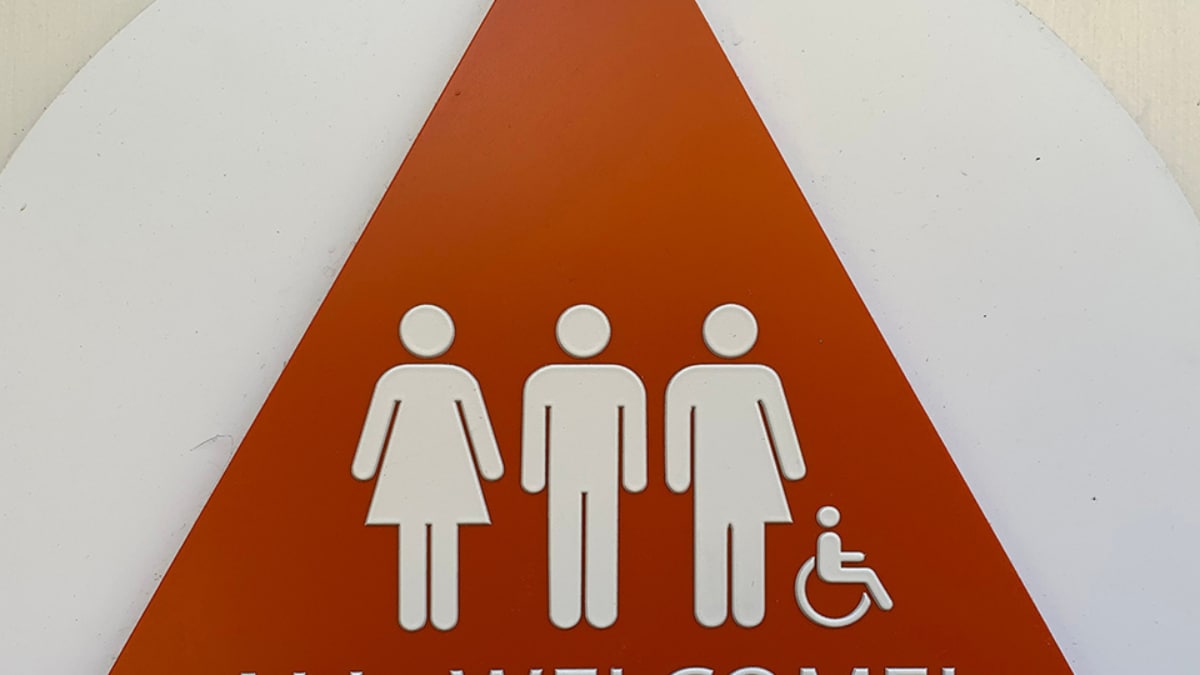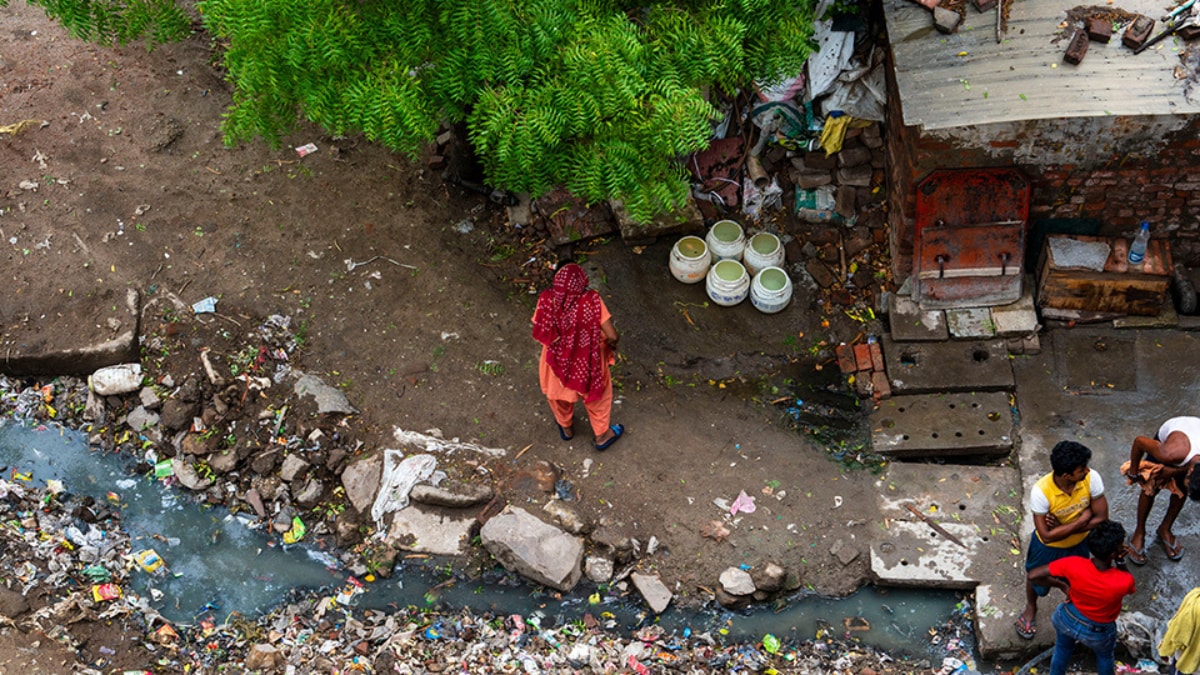- December 15, 2023
Toilet Equity: Bridging the Gender and Socioeconomic Gap – News18

Worldwide, over 1.7 billion people don’t have access to a toilet. Not only does this pose significant risks to public health through diseases like diarrhoea, cholera, typhoid, and worm infections, it is also deeply dehumanising and deeply limiting.
Imagine if you lived in a house without a toilet, and the toilet you had to use was located at a distance, down a dimly lit alley, and the toilet itself was poorly maintained. Now imagine that you have children, and you live with your elderly parents, and that you are a woman. Would you feel safe using this toilet? Would it make you feel clean afterwards? Or would it instead, be a constant source of stress?
Toilets and Safety Across the Gender Spectrum
For women who don’t have access to a toilet, safety is an ever present concern when they need to go to the fields. You can’t go in the daytime, because people can see you. You can’t go in the nighttime, because there are predators, and you might step on a poisonous insect or reptile. Moreover, there are other threats to being exposed: women will try to find places that are out of the way, which greatly increases their vulnerability to physical and sexual attack.
For people who are gender diverse, these risks are further amplified because of bias, discrimination and phobia. People who identify as transgender or intersex are also often subjected to experiences that the rest of us never have to face: they are often derided, misgendered or attacked based on their attire or appearance. For them, even when they have access to toilets (such as, in the workplace), using a toilet can be an experience fraught with tension. A study conducted in the United States revealed that 59% of transgender or gender-diverse participants avoided using public toilets due to fear of confrontations.
Toilets and Health Across the Gender Spectrum
The lack of toilets significantly affects women’s health, particularly during pregnancy and childbirth. Without proper sanitation facilities, women are at risk of contracting infections and diseases that can have serious impact on their health and the health of their children. According to the World Health Organization (WHO), approximately 830 women die every day from preventable causes related to pregnancy and childbirth. A lack of access to proper toilet sanitation facilities is a contributing factor to these deaths. Women who do not have access to toilets are more likely to develop infections and diseases, such as urinary tract infections, which can lead to more serious conditions, including sepsis.
Gender diverse people too, tend to hold it, and restrict their intake of food and water, causing many of these individuals to suffer from nutritional deficiencies and gastrointestinal issues. With our hot weather in India, dehydration is also never far behind. Moreover, according to another study, among the transgender and/or nonbinary youth who experienced bathroom discrimination, 85% reported depressive mood and 60% seriously considered suicide. These experiences are echoed by transgender and non-binary people everywhere, including India.
Toilets and Limited Opportunities Across the Gender Spectrum
When girls don’t have access to toilets in school, they drop out. This is particularly so, when they begin to menstruate. This has a lifelong impact on their ability to be independent and earn their own living. The same reasoning extends to transgender and non-binary people who menstruate.
For the larger community too, poor sanitation, poor toilet habits and low hygiene can have a significant impact on productivity, as workers need to take time off due to illness or when caring for sick family members. According to the World Bank, poor sanitation costs the global economy $260 billion per year in lost productivity.
Of course, these effects are felt disproportionately amongst poorer communities who are often the first to fall prey to disease outbreaks. Lacking access to clean water and toilets, these communities often lose more days to disease, in addition to the double whammy of having to pay for medical care.
Empowerment Through Toilets
Seen from this lens, one of the biggest investments a society can make is good sanitation. Fortunately, the Govt of India agrees. Under the Swachh Bharat Mission, millions of toilets were constructed all over the country ensuring that no Indian is left behind. Women, in particular, have appreciated the convenience of toilets, the safety and the privacy they bring. They’ve also seen firsthand the impact of healthier toilet habits on the health of their families – children don’t get sick as often, or as severely. They also miss less school.
However, there are two sides to the problem of sanitation: access to toilets and the behavioural change needed to make their use a norm. The Sub-Group of Chief Ministers on Swachh Bharat Mission maintains that behavioural change is an area of continued focus, and has made several recommendations on how to bring about this shift in mindsets.
Fortunately, the GoI are not the only ones carrying the mantle of this communication. Harpic, the leading brand in the lavatory care category, decided to take the lead in the sanitation and hygiene movement by creating innovative, thought provoking campaigns and outreach programs. Harpic, together with News18, also created the Mission Swachhta aur Paani initiative 3 years ago. It is a movement that upholds the cause of inclusive sanitation where everyone has access to clean toilets. Mission Swachhta aur Paani advocates equality for all genders, abilities, castes and classes and strongly believes that clean toilets are a shared responsibility.
They partnered with Sesame Workshop India to promote positive sanitation, hygiene knowledge and toilet behaviours among children and families through schools and communities, engaging with 17.5 million children across India. Harpic is also taking significant action to promote toilet hygiene amongst various cohorts, in addition to the stellar work done under the aegis of the Harpic World Toilet College.
For 3 years now, Mission Swachhta aur Paani has brought together the right stakeholders on a common platform, so that issues of importance can be discussed, and solutions found. These stakeholders include govt officials, municipalities, NGOs, activists, grassroots organisations, sanitation workers and affected communities. It also functions as a repository for information on a vast variety of topics surrounding toilet access, toilet hygiene, and how to help improve toilet access and toilet habits across the board.
You too, can be a part of the solution. What we talk about matters. Join your voice to ours here, and help us build a stronger, more equitable, Swasth and Swachh Bharat.






